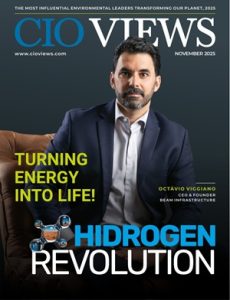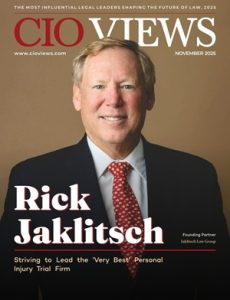Cranes crowd the Kansas City skyline, evidence of a metro still in the midst of transformation. Office towers and mixed-use projects are rising where parking lots once stood, part of a development surge reshaping entire neighborhoods and redefining the city’s growth story.
But beneath the noise of construction and the rush of new investment, another shift is underway — one less visible, though just as transformative. Many of the people driving this wave of growth are starting to think differently about what progress really means.
For much of the past generation, real estate success was measured in hard numbers: cap rates, yield, absorption, and return on equity. Those metrics still matter, but more investors are beginning to ask a broader question — not only how much profit a project can produce, but how it contributes to the life of the city around it.
The Midwest Moment
Few cities illustrate that shift more clearly than Kansas City. The metro added roughly 25,000 residents in 2024 — its fastest expansion in four years. Median home prices climbed more than five percent, while rents rose 3.3 percent, according to Newmark Zimmer.
The momentum tells a complicated story. Opportunity is abundant, but so is pressure on affordability. For investors, that duality is both challenge and chance.
“Midwestern Markets like Kansas City are where balance still exists,” said Parker Webb, principal at FTW Investments. “You can achieve meaningful returns without pricing out the residents who keep neighborhoods vibrant.”
While coastal markets wrestle with oversupply and razor-thin spreads, Kansas City offers something harder to find: steady job creation, an affordable cost of living, and development capacity that still feels manageable. For many, it’s a rare combination of upside and stability — a place where long-term capital can take root.
Rethinking Mission and Margin
Predictions about the death of brick-and-mortar retail have circulated for years. Yet in the Midwest, neighborhood retail continues to outperform expectations. Grocery-anchored centers and service-oriented tenants have quietly proven their resilience through economic swings, pandemic disruptions, and changing consumer habits.
A 2025 Newmark Zimmer report found that retail leasing in Kansas City outpaced new supply six to one, pushing occupancy to nearly 96 percent — one of the highest levels in the region.
“When your tenants provide essentials like groceries, healthcare, or childcare, those businesses endure,” Webb said. “That consistency is where stability lives.”
Increasingly, developers are pairing those reliable retail anchors with attainable housing, creating mixed-use districts where residents can live, shop, and work within a few blocks. The model blurs the line between profit and purpose, producing communities that function as both investment and infrastructure.
Inclusive Growth as a Business Strategy
The phrase “inclusive growth” often appears in policy papers or philanthropic discussions, but in Kansas City, it’s gaining traction as a market strategy. Projects that factor in affordability, accessibility, and local participation tend to perform better over time — not because of altruism, but because they foster resilience.
“Investors who engage with the community aren’t just building goodwill,” Webb said. “They’re building staying power. A project that has the neighborhood behind it will outperform one that doesn’t.”
In practice, that means more listening and less speculation. Redevelopments that incorporate community input early are seeing smoother approvals, stronger leasing, and fewer protests. For investors, the social dividend translates directly into reduced risk.
How Investors Can Participate
Industry analysts say the model for inclusive investment is already taking shape.
– Prioritize mixed-use and attainable housing. Developments that combine essential retail with workforce apartments stay occupied even when the economy slows.
– Collaborate early with public agencies and nonprofits. Public-private partnerships can streamline approvals, unlock incentives, and keep projects aligned with local priorities.
– Commit to community benefit agreements. Reserving units for affordability or creating space for local entrepreneurs builds long-term trust and tenant stability.
Far from a charitable gesture, these tactics represent a more disciplined way to manage risk. When communities thrive, so do property values — a correlation investors are beginning to quantify.
A Midwestern Blueprint for Sustainable Growth
Kansas City’s current trajectory suggests that financial performance and social progress don’t have to be competing goals. Retail occupancy sits near historic highs. Demand for workforce housing remains steady. And a new generation of investors is proving that capital aligned with community can produce durable returns.
“If capital doesn’t strengthen the neighborhoods it touches, it’s not sustainable capital,” Webb said.
As affordability and displacement debates intensify across the country, Kansas City is emerging as an instructive case study — a reminder that the next era of growth in the American Midwest may depend as much on cooperation as on capital.





